#RUSSIAN EMPIRE
Explore tagged Tumblr posts
Text

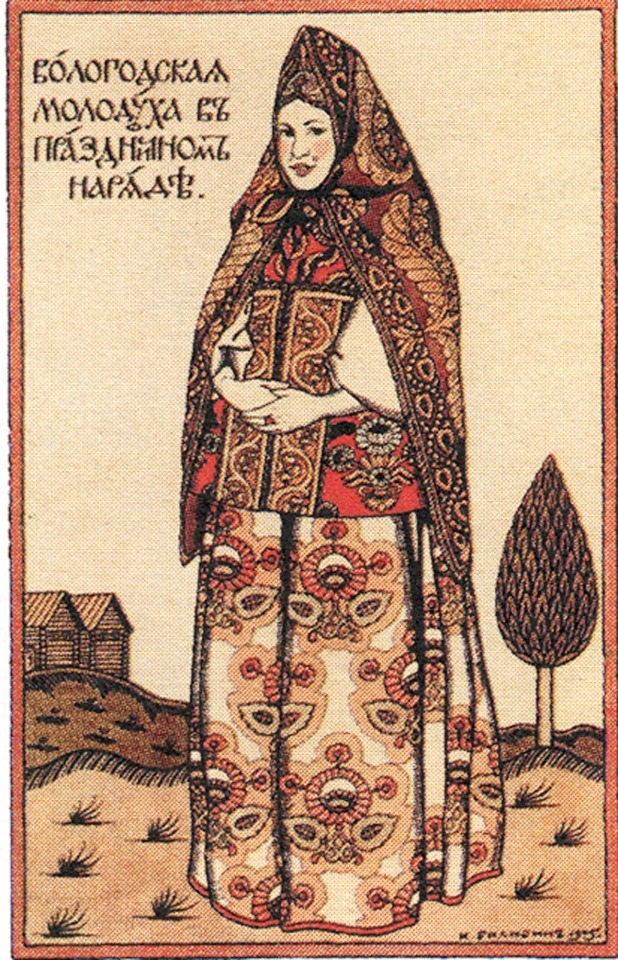
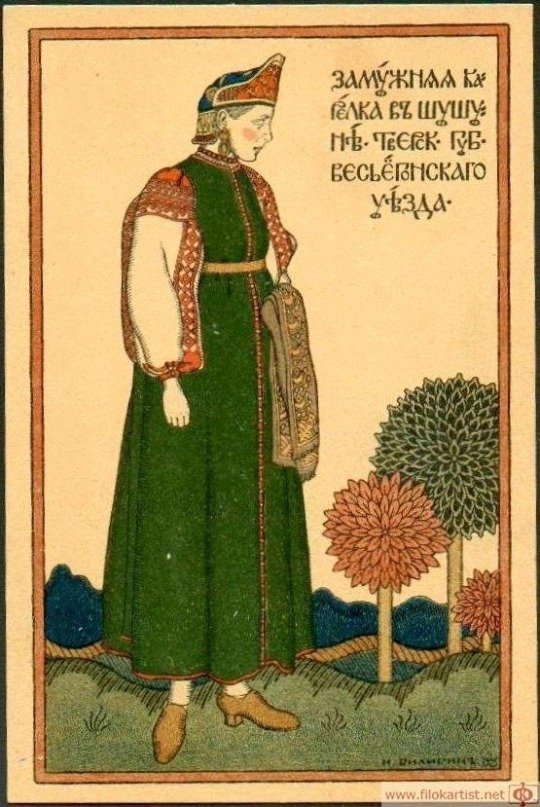
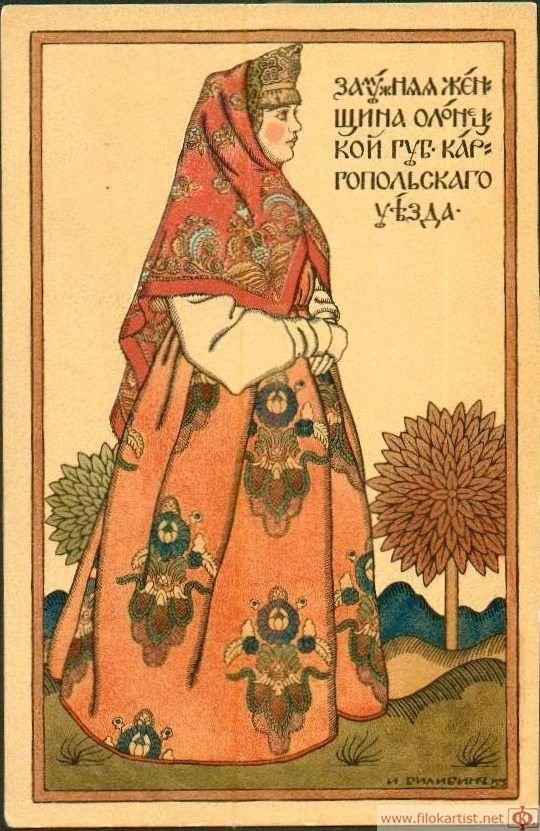
"Peoples of Russian Northern areas" by Ivan Bilibin (1905)
2K notes
·
View notes
Text
The Struggle

#russian history#alexander i#history#russian empire#alexander i of russia#napoleonic era#napoleonic wars#historical shitpost#napoleonic shitpost#napalex#napoleon bonaparte#historical memes#french history
469 notes
·
View notes
Text

the saying "ignorance is bliss" was right because what the fuck is this
#ukraine#russia is a terrorist state#stand with ukraine#russiainvadedukraine#help ukraine#ukraine war#genocide#ukrajina#russia is the occupier#ukranian#russian empire#russian imperialism#canada
344 notes
·
View notes
Text



Russian Miku (challenge from twitter)
Miku in Yeniseysk Governorate XIX - XX festive attire. Peasants wore their solemn clothes for photos.
Miku waiting for bus in -30 Celcius
School girl Miku
288 notes
·
View notes
Text
Russian civilians in Belgorod obediently waiting in a traffic jam until their army's BM-21 artillery system is done launching missiles at the neighboring country, right in the middle of the road.
🤷♂️
#ukraine#russia#russian invasion of ukraine#war#russia is a terrorist state#russian empire#russian imperialism#russian culture#ruscism#україна#укртумбочка#укртамблер#укртумба#not all russians
365 notes
·
View notes
Text
So... have I mentioned I'm about to release a 450,000-word Jewish historical fantasy interactive fiction game? Here's an interview I did with my publisher, Choice of Games, about it.
#ghost#golem#interactive fiction#historical fantasy#jewish history#judaism#jewish culture#jumblr#late 19th century#1880s#russian empire#magic#klezmers#sexy anarchist klezmers#talmudic debates#shtetl slapstick#isaac bashevis singer vibes#sholom aleichem vibes#I. L. Peretz vibes#choice of games#benjamin rosenbaum#save your shtetl#or not#450#writing life
206 notes
·
View notes
Text
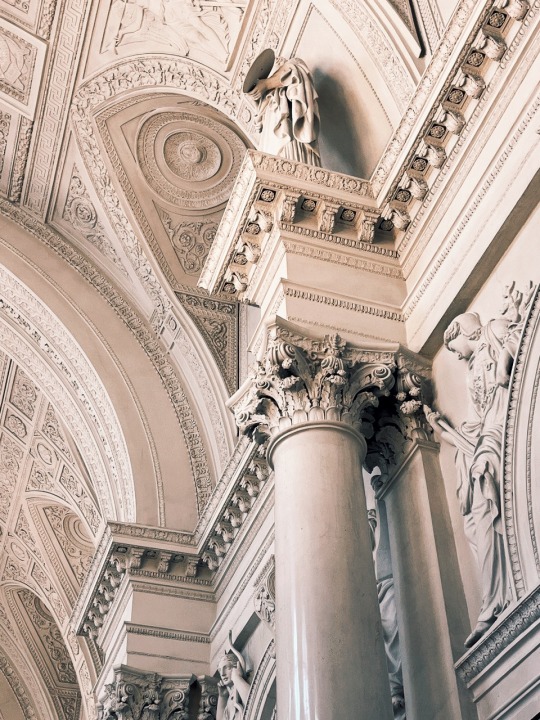
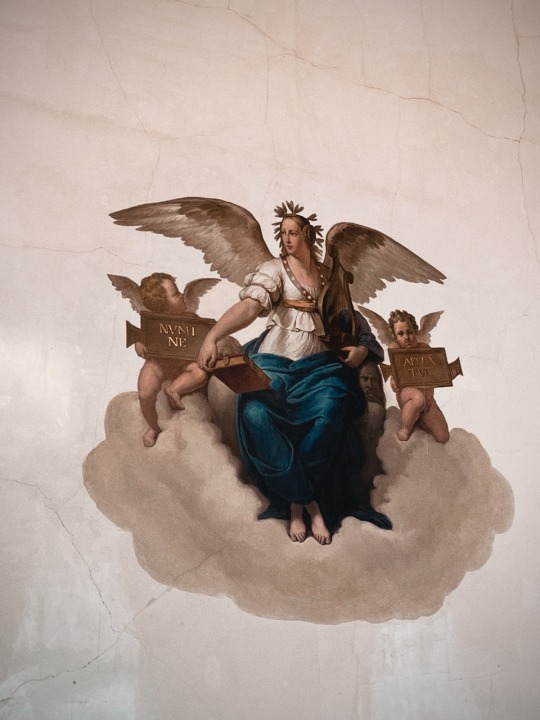
Hermitage, Saint Petersburg
@nadziejaestel
#saint petersburg#royalty#the romanovs#romanovs#vintage#painting#retro#history#dark acadamia aesthetic#dark academia moodboard#dark akademia#dark academia#light academia#light acamedia#romantic academia#romanticism#moodboard aesthetic#vintage moodboard#vintage art#art#artwork#russian empire#мои фотографии#moodboard#vintage photography#photography#турумбочка#inspiration#chaotic academia#chaotic academic aesthetic
380 notes
·
View notes
Text

Kryzhitsky, Konstantin Yakovlevich. (1901). Evening on the Ukraine. [oil on canvas].
192 notes
·
View notes
Text



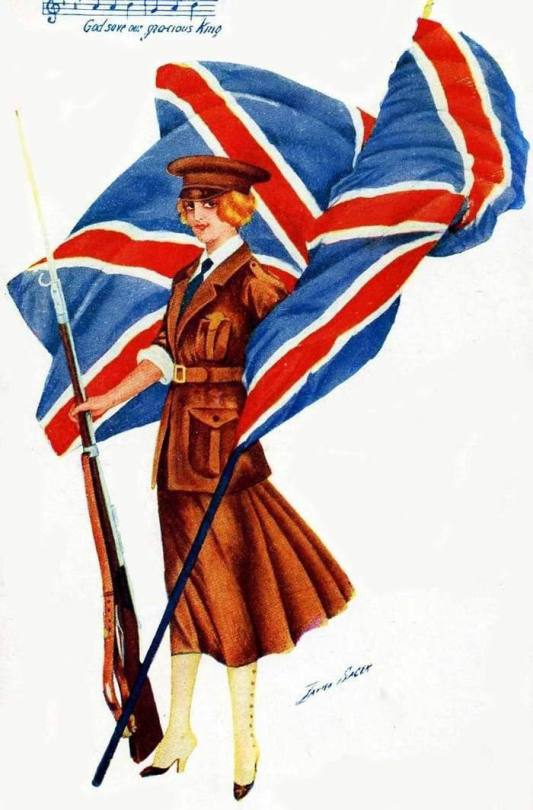




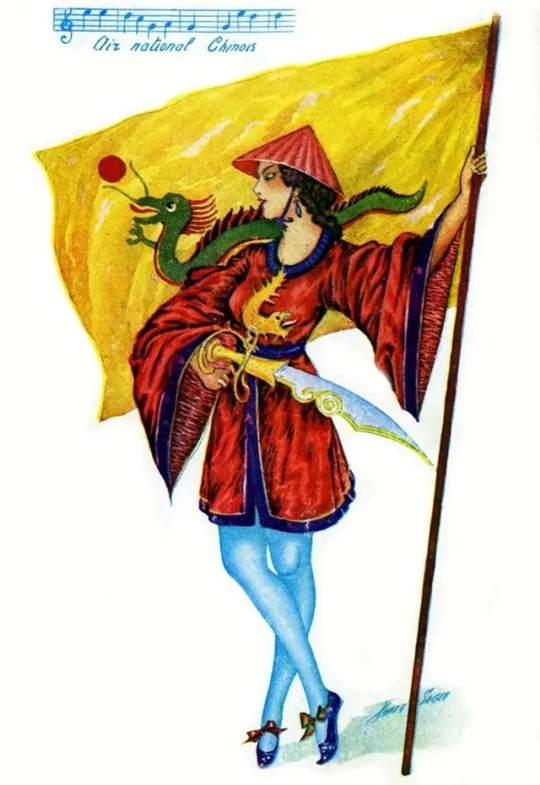

Открытки со странами Антанты в женских образах. Французский художник Ксавье Саже.
Postcards with the Entente countries in female images. French artist Xavier Saget.
#history#postcard#world war one#the great war#entente#russian empire#england#france#portugal#japan#china#brasil#serbia#belgium#ww1 art#ww1
81 notes
·
View notes
Text








From The Russian Army 1914-18
Early War Uniforms (1914-1915)
At the outbreak of the war, Russian Imperial Army uniforms were traditional and formal, inspired by 19th-century European military fashion. Key features included:
Infantry: Soldiers wore the gymnastiorka, a pullover-style tunic with a standing collar, often in olive green or khaki to blend with rural landscapes. Rank was indicated by colored collar tabs and shoulder boards.
Headgear: Soldiers wore the M1910 peaked cap, which had a leather visor and badge. Officers and guards regiments wore the iconic shapka, a tall fur hat, especially in colder climates.
Footwear: Soldiers wore sapogi (knee-high leather boots), which were sturdy but hard to maintain on the battlefield.
Cavalry and Specialized Units: The cavalry wore the traditional long blue or dark green overcoat with distinct colored cuffs and collar insignia. Cossack and other specialized units had specific, unique uniforms, often featuring traditional garments like the cherkesska (a type of coat) and decorative braid.
Mid-War Changes (1915-1916)
As the war progressed, Russia’s economy and industry struggled to keep up with demand, leading to simplifications in uniforms:
Tunic: The gymnastiorka became simpler, often without the colored collar tabs or decorative elements. Khaki shades became standard as brighter colors were deemed impractical.
Greatcoat: The heavy wool shinel (overcoat) remained a staple, especially during harsh winters, but there was a shortage of quality fabric, and lower-quality cloth began to appear.
Headgear: Caps were simplified, with many soldiers receiving the budenovka (a soft, pointed wool cap) by 1917. This cap became especially popular in winter regions but had limited protection.
Late-War Uniforms (1917-1918)
The Russian military was increasingly influenced by revolutionary sentiments, and practical, minimal designs became the norm:
Tunic and Coats: Uniforms were pared down further, with basic olive-drab tunics and greatcoats. Rank insignia were minimal and often overlooked as soldiers became more focused on function than formality.
Insignia: Some units began to remove the imperial insignia altogether due to the influence of the Bolsheviks. Instead, red armbands or patches occasionally appeared.
Boots: Soldiers frequently substituted traditional boots with puttees (long cloth wraps) due to the shortage of leather, a trend seen across European forces during this period
#military art#history#cavalry#soldier#military#historical fashion#the great war#world war 1#russian history#russian empire#tsar Nicholas ii#imperial Russian history
95 notes
·
View notes
Text



don’t you hate it when you accidentally draw someone you can’t stand
#pyotr bagration#barclay de tolly#napoleonic wars#russian empire#shitpost#im sobbing the zero effort put into this#doodles
171 notes
·
View notes
Text
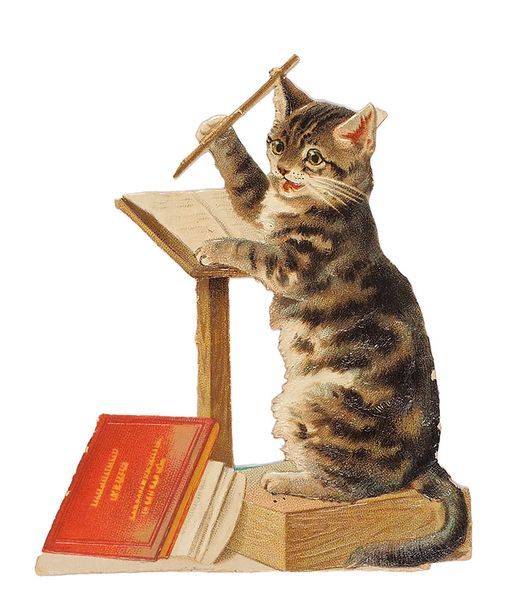
Bibliophile cat. Souvenir insert from a box of chocolates (Russia, 1900s).
539 notes
·
View notes
Text

#russian history#alexander i of russia#history#russian empire#napoleonic era#napoleon bonaparte#napoleonic wars#joachim murat#Alexander i#french history#napoleonic shitpost#historical shitpost#napoleon's marshals
418 notes
·
View notes
Text
this is what Ukraine is fighting against just to exist

#ukraine#russia is a terrorist state#stand with ukraine#russiainvadedukraine#help ukraine#ukraine war#ukrajina#genocide#russia is the occupier#ukranian#russian imperialism#russian empire#russian invasion#save ukraine#ukraine genocide
350 notes
·
View notes
Text

Reception of Volost Elders by Alexander III in the Courtyard of the Petrovsky Palace in Moscow — by Ilya Repin
#ilya repin#art#alexander iii#tsar#emperor#russia#russian#petrovsky palace#moscow#russian empire#courtyard#history#romanov#royalty#monarch
95 notes
·
View notes
Text
In early 2014, Ukraine was a neutral country, with a pro-Russian president, and with 70% of Ukraine's population against NATO membership. Yet Russia bluntly violated Ukraine's neutrality and annexed Crimea, then launched a covert invasion of Ukraine in the east.
Petro Poroshenko won the presidential election later in 2014 having promised a settlement with Russia, keeping a special status of the Russian language in Ukraine. He was initially sceptical regarding NATO accession, underlined Ukraine must rely on its own strength to provide security.
Did Putin meet Poroshenko halfway? Not at all. The regular Russian army entered the Ukrainian territory in mid-2014 to fight the Ukrainian troops, which led to the Minsk-1 agreement signed in September 2014.
Further text - down under the cut, or you can follow the Twitter link to the original post:

Few weeks later, Ukraine's parliament adopted a law that would guarantee the then Russia-controlled part of Donetsk and Luhansk regions additional economic, financial and cultural powers.
How did Putin react? Russia staged sham local elections in the occupied Donbas, and then sent the regular army again to Ukraine in early 2015, which led to the Minsk-2 agreement signed in February 2015.
Zelensky was even more sceptical regarding NATO accession. Asked about NATO, he once famously said he never pays anyone a visit if he has not been invited. He won the presidential election promising to compromise with Russia - to stop shooting, sit down with Putin and talk.
Did Putin meet Zelensky halfway? Not at all. He actually raised the stakes by issuing the Russian passports on the occupied territories of Ukraine even before Zelensky assumed the office, putting him in a difficult political position since the start.
Zelensky was ready to drop Ukraine's NATO bid in an exchange for the Russian troops withdrawing from Ukraine. The talks were held already before 2022. What did Putin do? He launched a full-scale invasion of Ukraine.
In the first weeks of the invasion, Zelensky was yet again ready to drop Ukraine's NATO bid. But he wanted to obtain international security guarantees. What did Putin do? He demanded that Russia must be consulted before any aid would be given to Ukraine in the event of aggression.
To sum up, Ukraine has consistently tried to reach a deal with Russia over the last decade, and was open to giving up on its NATO bid in exchange for the withdrawal of the Russian troops from Ukraine. Russia never reciprocated, never showed a good will, kept raising the stakes.
Both Poroshenko and Zelensky were initially sceptical regarding Ukraine's accession to NATO. Both wanted to get a deal with Putin. And Putin himself pushed both of them to seek NATO membership out of no other viable alternatives.
Up till now, Putin has shown absolutely no willingness to compromise with Ukraine. His war aims remain maximalist - subjugating Ukraine and changing its regime. He seeks Ukraine's partition, and will turn what is left of Ukraine into Russian protectorate.
Russia's imperial self-conception is that of Russian elites at large, and not just Vladimir Putin. The Russian leadership simply cannot reconcile with the existence of a sovereign Ukrainian statehood.
Therefore any sustainable Ukrainian-Russian compromise is currently not possible unless the Russian cost-benefit calculus changes. Only credible risk to the stability of the Russian regime would impact this calculus. The easiest way goes through defeating Russia in Ukraine.
#russia simply wants all of Ukraine#thats it#its a no-brainer#russia considers Ukraine its own colony that needs to be returned under the rule/protectorate of the 'Russian Empire'#same with Georgia Moldova the Baltic States etc#having not achieved military and political victory in Georgia through small wars#russia used its oil money and spy network to install russia-loyal government in Georgia#now that government passes russia-dictated laws#it cant take on the Baltic States (yet)#leaving Ukraine and Moldova#Georgian scenario didnt fly in Ukraine and Moldova so russia went with war#Ukraine is first simply due to the geographical position#Moldova is currently impossible for russia to attack on land and the sea corridor is veeeeerrrrryyyyy narrow and they'd have to go through#Ukrainian and Romania's waters for it#plus Moldova doesn't border Russia#Ukraine borders Moldova#strategically it makes 100% sense to go through Ukraine first#ukraine#russia#russia ukraine war#russian invasion of ukraine#russia is a terrorist state#imperialism#colonialism#genocide#history#war crimes#russian empire#russian culture#україна
144 notes
·
View notes